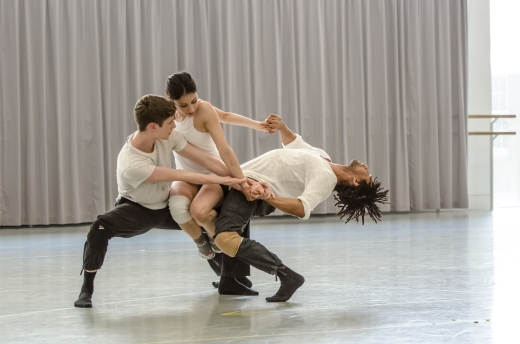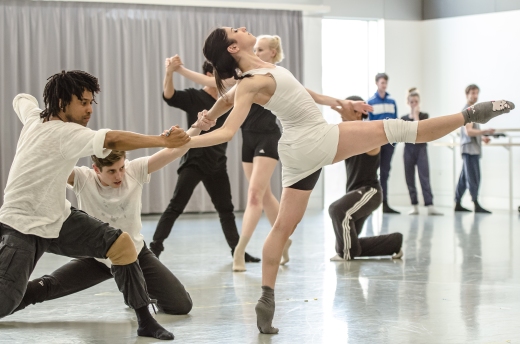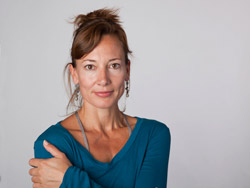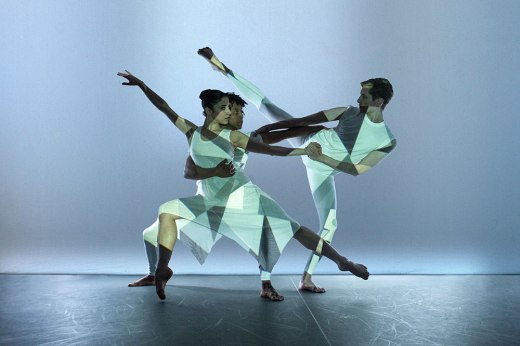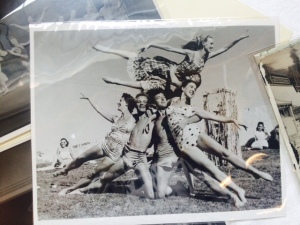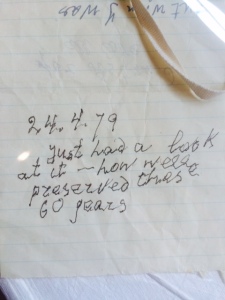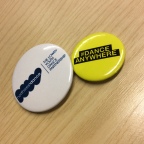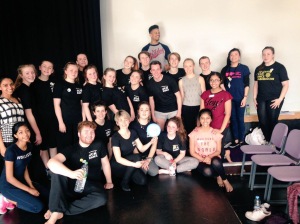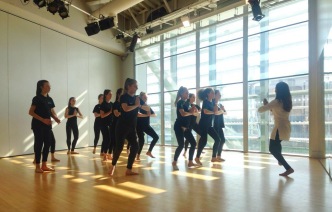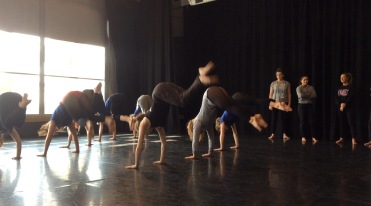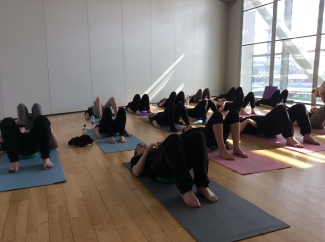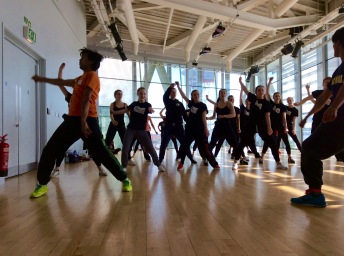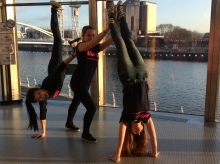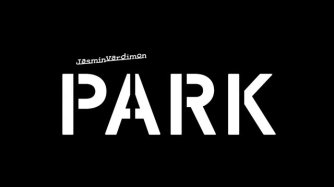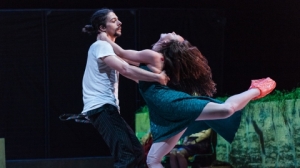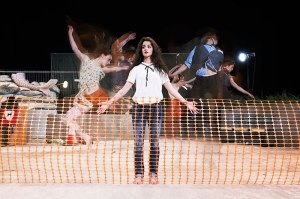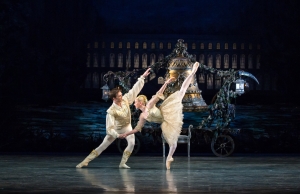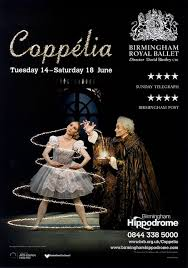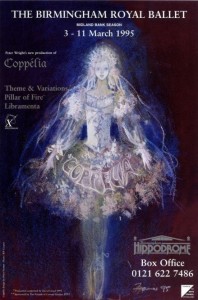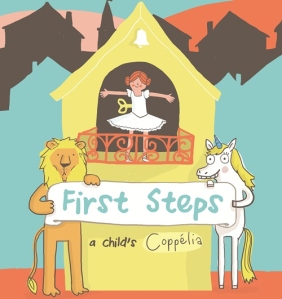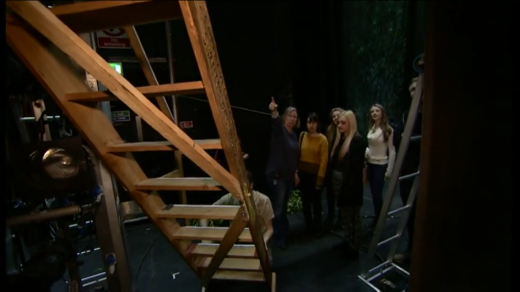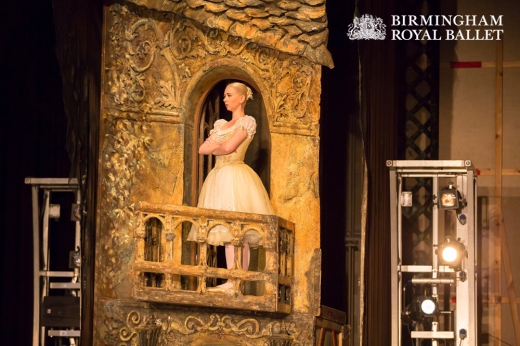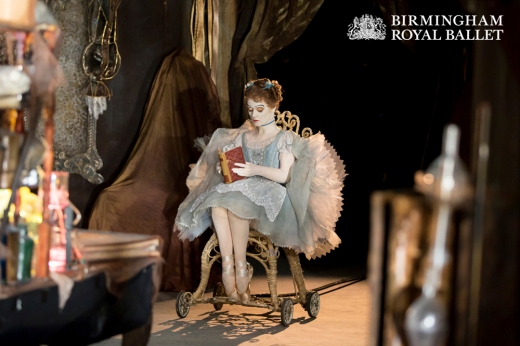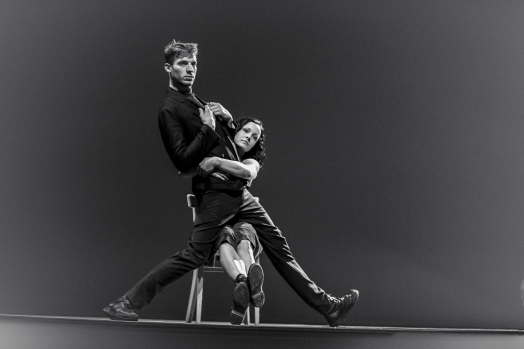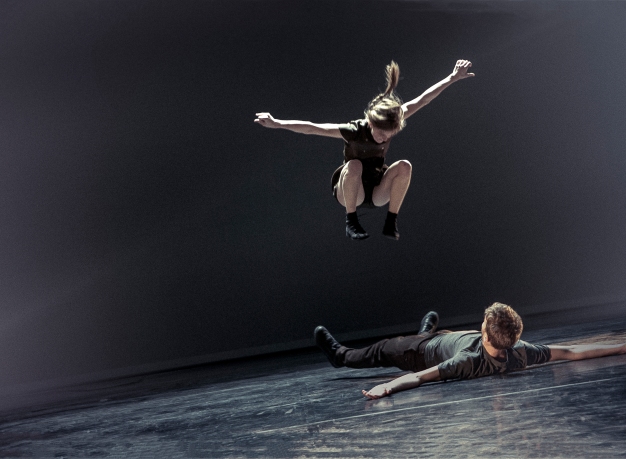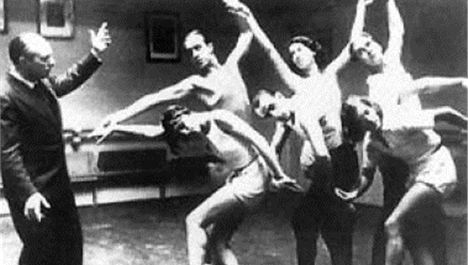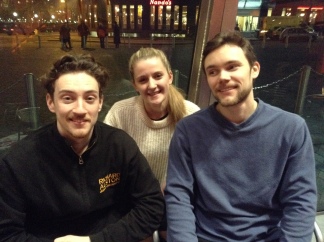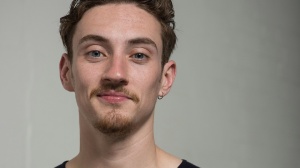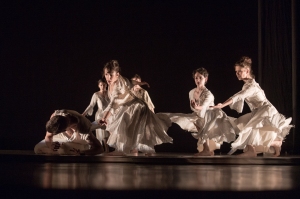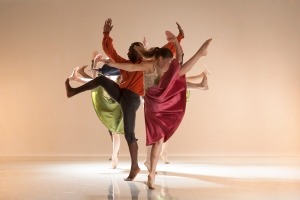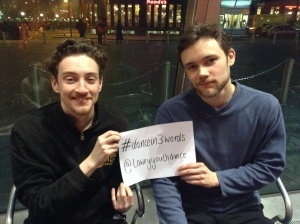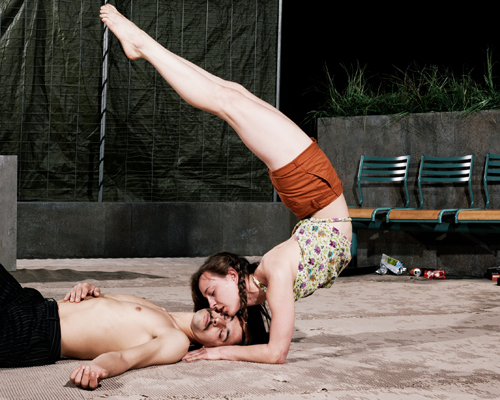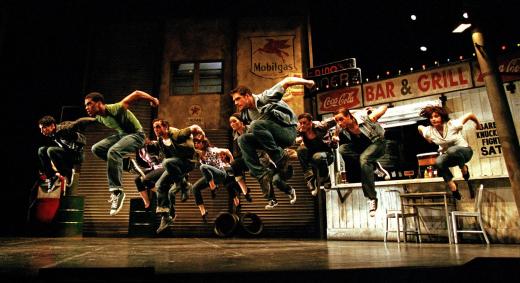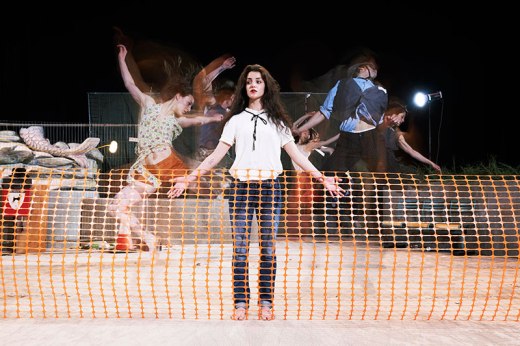Beth Bracegirdle has been teaching contemporary dance technique on The Lowry’s Centre for Advanced Training Scheme (CAT) in Dance since 2011, as well as coordinating the outreach & recruitment of young people aged 11-16 for the scheme. Initially engaging with dance through gymnastics, she went on to train at Trinity Laban Conservatoire of Music and Dance at 18. Beth reflects on her work with the cohorts of students aged 11-18 that have been a part of The Lowry CAT as well as the benefits this specialist training holds for passionate young people, who are both experienced dancers as well as beginning their dance journey.
Being a CAT Tutor is one of my favourite roles as a Freelance Dance Artist. There’s something very special about the Centre for Advanced Training Scheme for young people across the country and I only wish it had been around whilst I had been training!
To work every week with young people that share a passion, drive and enthusiasm for dance is a real treat. Each week, the dancers come together on a week night and Saturdays for dance training that includes Contemporary Dance Technique, Ballet, Creative work, Pilates, Contextual Studies and much more.
To arrive into the studio and find our dancers warming up together before class; stretching and cooling down together after class; sharing choreographic ideas and movement during our break times; rehearsing work for the end of year show over lunch, is such a pleasure! It not only demonstrates the dedication our dancers have, but also the collaborative and supportive nature of the way they work. They see each other as part of their CAT Family. Not only is the training unique in that the dancers train with Professional Artists every week at a pre-vocational level, working towards their careers in dance, but they are also building their own dance networks that will support them throughout their dance careers.
Being based at The Lowry offers countless opportunities to watch performances by some of the top National and International Dance companies. Some of our dancers have even been invited to perform in professional productions with companies such as BalletLORENT and Akram Khan Dance Company, incredible experiences to have at such a young age! Often, the dancers will take part in workshops with visiting companies. Earlier this year, they worked with dancers from the Russell Maliphant Company. We are also very lucky to dance in such beautiful, inspiring studio spaces over looking The Quays. We’ve witnessed plenty of stunning sunsets during class!
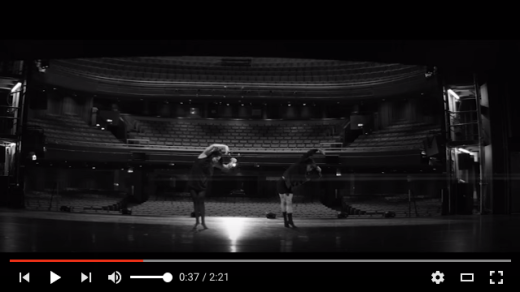
The Lowry CAT in ‘everyBODY Dance’ Film created for Selfridges in partnership with The Lowry
Every year, the dancers work towards an end of year performance. The work is different each year and has grown from strength to strength. This year, the dancers have been working with company dancers from Phoenix Dance Theatre on a new work ‘Axon’. For the first time, they will be performing on The Lyric Stage at The Lowry, as part of the National Youth Dance Festival U.Dance 2016, a theatre that hosts over 1,700 audience members!
The CAT Scheme is a great opportunity for those who have very little dance experience but want desperately to dance. To see some of our dancers, who had never danced previously to joining CAT, graduating from the scheme with offers of professional training at the top conservatoire schools in the country is an absolute joy. What’s even more exciting is that we are now starting to see ex-students graduating from that professional training who are starting to make their own work and perform professionally. Some are even making work together! Very Exciting!
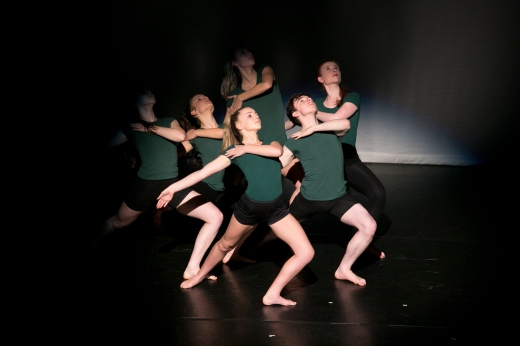
The Lowry CAT – L&E Showcase, The Quays Theatre
What’s truly wonderful is that, as tutors, we know that we are working with the next generation of dancers, dance makers and artists. The aim is that we can support and guide these exceptionally talented young people towards achieving their individual goals in dance, whatever they may be!
My advice for any young person who is considering whether or not the CAT Scheme is for them, is to come along to an Open Day. Hopefully you will see that our training offers something different, something exciting that can propel your dance skills to another level.
If you would like to find out more about The Lowry’s Centre for Advanced Training in Dance visit: www.northwestdance.org.uk/CAT
Alternatively, you can contact a member of the team: CAT@thelowry.com
To attend a NorthWestDance Open Day in Manchester, Merseyside or Cheshire visit: www.northwestdance.org.uk/Learn/CAT/OpenDays
To book your place contact The Lowry Box Office: 0843 208 6000
Auditions for 2016/17 cohort will take place Sunday 12th June (note: all students wishing to Audition are advised to attend an Open Day in their region)





